Herwig Schopper, Director-General of CERN from 1981 to 1988, passed away on 19 August at the age of 101. An eminent physicist and a visionary diplomat, he played a key role in shaping fundamental physics in Europe and in making CERN the prestigious laboratory we know today.
After obtaining a doctorate in optics at the University of Hamburg in 1951, he turned first to nuclear physics and then to particle physics, working in several European laboratories, including on the weak interaction at the Royal Institute of Technology in Stockholm, Sweden, under Lise Meitner. After becoming a professor at the University of Erlangen, Germany, in 1954, he spent a year’s sabbatical in Cambridge, United Kingdom, and then went on to be appointed as a professor at the University of Mainz, Germany, in 1957. At that time, Germany was rebuilding its fundamental physics infrastructure: the DESY research centre was created in 1959, for example, and was developing its first accelerators. Herwig Schopper played a key role in these trailblazing activities. In 1960, he left for the University of Cornell in the United States, where he carried out physics research at its powerful electron synchrotron. The following year, he became Director of the Nuclear Physics Institute at the University of Karlsruhe. In 1973, he was appointed Director of DESY, a position he held until 1981. Under his leadership, several accelerators were developed and commissioned.
Alongside his brilliant career in Germany, he was involved in research at CERN from the 1960s onwards and held several strategic posts as of the 1970s: Leader of the Nuclear Physics division from 1970 to 1971, Chair of the ISR Committee from 1973 to 1976 and member of the Scientific Policy Committee from 1978 to 1980.
He took up office as CERN Director-General on 1 January 1981, at a time when the CERN Council had decided to no longer have two parallel laboratories, leaving him with the task of uniting Lab I and Lab II. The Council was also considering plans to build the world’s most powerful accelerator, the Large Electron–Positron collider (LEP).
It fell to Herwig Schopper both to implement a new management structure for CERN and to see the LEP proposal through to approval. Unpopular decisions were inevitable, making the early years of his mandate somewhat difficult. In order to get LEP approved, he had to make sacrifices. As a result, the Intersecting Storage Rings (ISR), the world’s only hadron collider, collided its final beams in 1983 and cuts had to be made across the research programme.
His battles were not only with the Laboratory’s governing body; he also went against the opinions of some of his scientific colleagues concerning the size of the new accelerator. True to form, he stuck with his instinct, insisting that the LEP tunnel should be 27 km around, rather than the more modest 22 km, which would have satisfied the immediate research goals while avoiding the difficult geology beneath the Jura mountains. Herwig Schopper, however, was looking further ahead – to the Large Hadron Collider that would follow LEP.
Difficult though some of his decisions may have been, there is no doubt that his mandate established the blueprint for CERN to this day.
He contributed to CERN’s global expansion and was one of the architects of the international cooperation model for the LEP experiments, which paved the way for today’s large experimental collaborations.
The cancellation of the ISR may have been unpopular, but it was during his mandate that the world’s second hadron collider, the SPS, delivered CERN’s first Nobel prize, awarded to Carlo Rubbia and Simon van der Meer in 1984 for the discovery of the W and Z bosons.
Herwig Schopper turned 65 two months after stepping down as CERN Director-General, but retirement was never on his mind. In the years that followed, he continued to work for science, serving on the scientific councils of several laboratories and presiding over the German Physical Society and later the European Physical Society. One of his greatest achievements was SESAME, the international centre for Synchrotron-Light for Experimental Science and Applications in the Middle East, of which he was a co-founder and the first President of the Council.
A tireless ambassador for fundamental science, he maintained a keen interest in the future of his field and continued to lend support to his successors through his vision and vast experience. Until his very last moments, he never ceased to care deeply about CERN and its work.
“We have lost a brilliant scientist and one of the greatest contributors to CERN and to our field, who really embodied the core values of our Laboratory. We have also lost a cherished friend, who was admired for his insight, his dedication and his warmth,” said Fabiola Gianotti, CERN Director-General. “He will forever remain in our memories.”
A full obituary will appear later in the CERN Courier.

